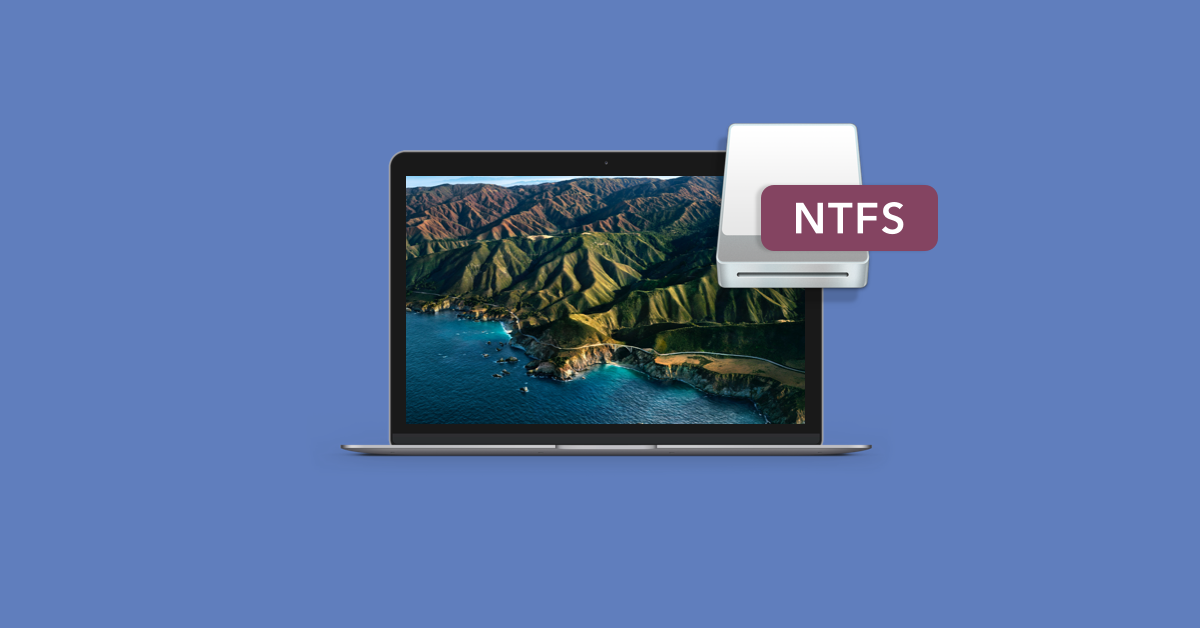

If you are not willing to risk bricking your NTFS storage device or find the steps above too complicated, can always go the easy route and use third-party applications. Now, try to save or modify the files inside your NTFS storage device to see if everything is in order. Close the terminal and reconnect your NTFS drive to your computer. Finally, type LABEL = (NTFS Device Name) none rw,auto,nobrowse then hit Enter.Īfter the process has completed, press on Command + Q on your keyboard to save the changes.Type in your Admin password and hit Enter once more.

Next, type sudo nano /etc/fstab and hit Enter.Inside the Utilities folde r, find the Terminal app and open it.Now, go to the Applications tab inside the Finder and open the Utilities folder.After that, launch Finder and ensure that the drive is being detected on your Mac.On your Mac, connect the NTFS drive using a USB or Thunderbolt cable.Once you are done renaming your NTFS drive, unplug it from the Windows computer and follow the steps below. Finally, assign a one-word name for your drive.After that, right-click on your NTFS drive from the side menu and select Rename.Now, press on Windows key + S and search for This PC.First, plug in your NTFS drive to a Windows computer.

Keep in mind that this method is not officially supported by Apple and could come with additional risks like corrupting your device or bricking it permanently.īefore doing anything on your drive, do yourself a favor and backup all of its content so that it is safe in case something goes wrong with this procedure. Thanks to a few terminal commands, you can enable macOS to write on NTFS storage devices. However, this doesn’t mean you can enable data writing on the drive. The primary reason why macOS is not able to modify or save new files on NTFS drives is that it is only set to read data from it.


 0 kommentar(er)
0 kommentar(er)
